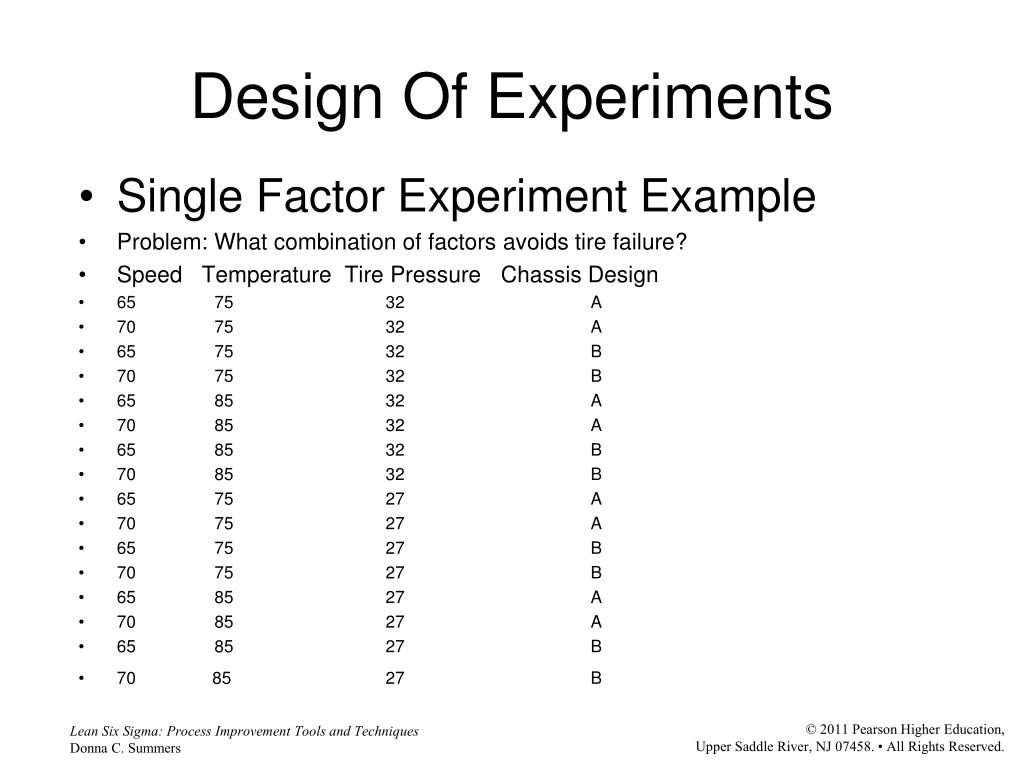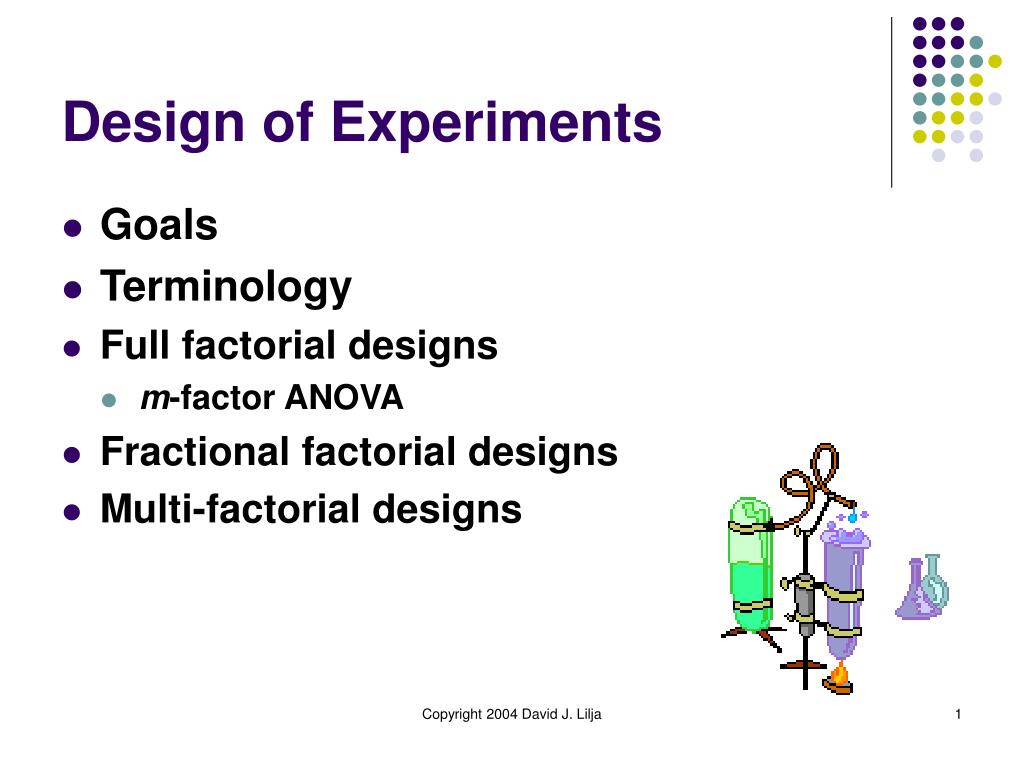Table Of Content

Repeated Measures Design is all about studying the same people or subjects multiple times to see how they change or react under different conditions. One well-known example you might have heard about is the Kinsey Reports from the 1940s and 1950s, which described sexual behavior in men and women. Researchers interviewed thousands of people but didn't manipulate any variables like you would in a true experiment.
Step 1: Define your variables
Create your experimental design with a simple Python command by Tirthajyoti Sarkar - Towards Data Science
Create your experimental design with a simple Python command by Tirthajyoti Sarkar.
Posted: Wed, 04 Jul 2018 02:31:34 GMT [source]
Sequential Design operates in a similar fashion, allowing researchers to make decisions at different stages based on what they've learned so far. As you gather more clues (or data), you update your best guess on what's really happening. Next, let's dive into Bayesian Designs, the data detectives of the research universe.
What are the major characteristics of Experimental Research?
To publish significant results, choosing a quality research design forms the foundation to build the research study. Moreover, effective research design helps establish quality decision-making procedures, structures the research to lead to easier data analysis, and addresses the main research question. Therefore, it is essential to cater undivided attention and time to create an experimental research design before beginning the practical experiment. Experimental research design is a framework of protocols and procedures created to conduct experimental research with a scientific approach using two sets of variables.
What are the principles of Experimental Design?
It's so simple and straightforward that it has stayed popular for a long time. Because entire groups are assigned to each condition, there's a risk that the groups might be different in some important way that the researchers didn't account for. That's like having one sports team that's full of veterans playing against a team of rookies; the match wouldn't be fair. For example, if ten different studies show that a certain medicine helps lower blood pressure, a meta-analysis would pull all that information together to give a more accurate answer. The correlational design has roots in the early days of psychology and sociology.

Fertilizer and Plant Growth Study
It involves a lot of resources, time, and money and is not easy to conduct, unless a foundation of research is built. Yet it is widely used in research institutes and commercial industries, for its most conclusive results in the scientific approach. By creating a research design, a researcher is also giving oneself time to organize the research, set up relevant boundaries for the study, and increase the reliability of the results.
Statistical control
In the later part of the 20th century and into our time, computers have totally shaken things up. Researchers now use super powerful software to help design their experiments and crunch the numbers. “r” refers to a number of replicates which implies the no. of experimental units per treatment. Experimental Design involves establishing principles and rules for an experiment.
To demonstrate the data analysis procedure, the following L9 array will be used, but the principles can be transferred to any type of array. Small arrays can be drawn out manually; large arrays can be derived from deterministic algorithms. The arrays are selected by the number of parameters (variables) and the number of levels (states). Analysis of variance on the collected data from the Taguchi design of experiments can be used to select new parameter values to optimize the performance characteristic. The data from the arrays can be analyzed by plotting the data and performing a visual analysis, ANOVA, bin yield and Fisher's exact test, or Chi-squared test to test significance. These are pre-experimental research design, true experimental research design, and quasi experimental research design.
History of Experimental Design

They couldn't say smoking caused cancer—that would require a true experiment—but the strong correlation was a red flag that led to more research and eventually, health warnings. In a correlational study, researchers don't change or control anything; they simply observe and measure how two variables relate to each other. This design really started to shine in the latter half of the 20th century, when researchers began to realize that some questions can't be answered in a hurry.
But if we use the second experiment, the variance of the estimate given above is σ2/8. Thus the second experiment gives us 8 times as much precision for the estimate of a single item, and estimates all items simultaneously, with the same precision. What the second experiment achieves with eight would require 64 weighings if the items are weighed separately.
Despite these challenges, longitudinal studies have been key in fields like psychology, sociology, and medicine. They provide the kind of deep, long-term insights that other designs just can't match. With Longitudinal Design, instead of measuring something just once, researchers come back again and again, sometimes over many years, to see how things are going. This helps them understand not just what's happening, but why it's happening and how it changes over time. Randomization involves distributing the treatment to different experimental units using probability.
We'll talk about the different types, or "flavors," of experimental designs, where they're used, and even give you a peek into how they came to be. Since only the ABC effect changed by the magnitude of the difference between batches, the batch-to-batch difference had been successfully removed from the experiment by its inclusion in the experimental setup. Without this blocking, the determination of the variables' effects would have been less precise, or missed altogether. [This blog was a favorite last year, so we thought you'd like to see it again. ].Whether you work in engineering, R&D, or a science lab, understanding the basics of experimental design can help you achieve more statistically optimal results from your experiments or improve your output quality. Since school days’ students perform scientific experiments that provide results that define and prove the laws and theorems in science.
No comments:
Post a Comment